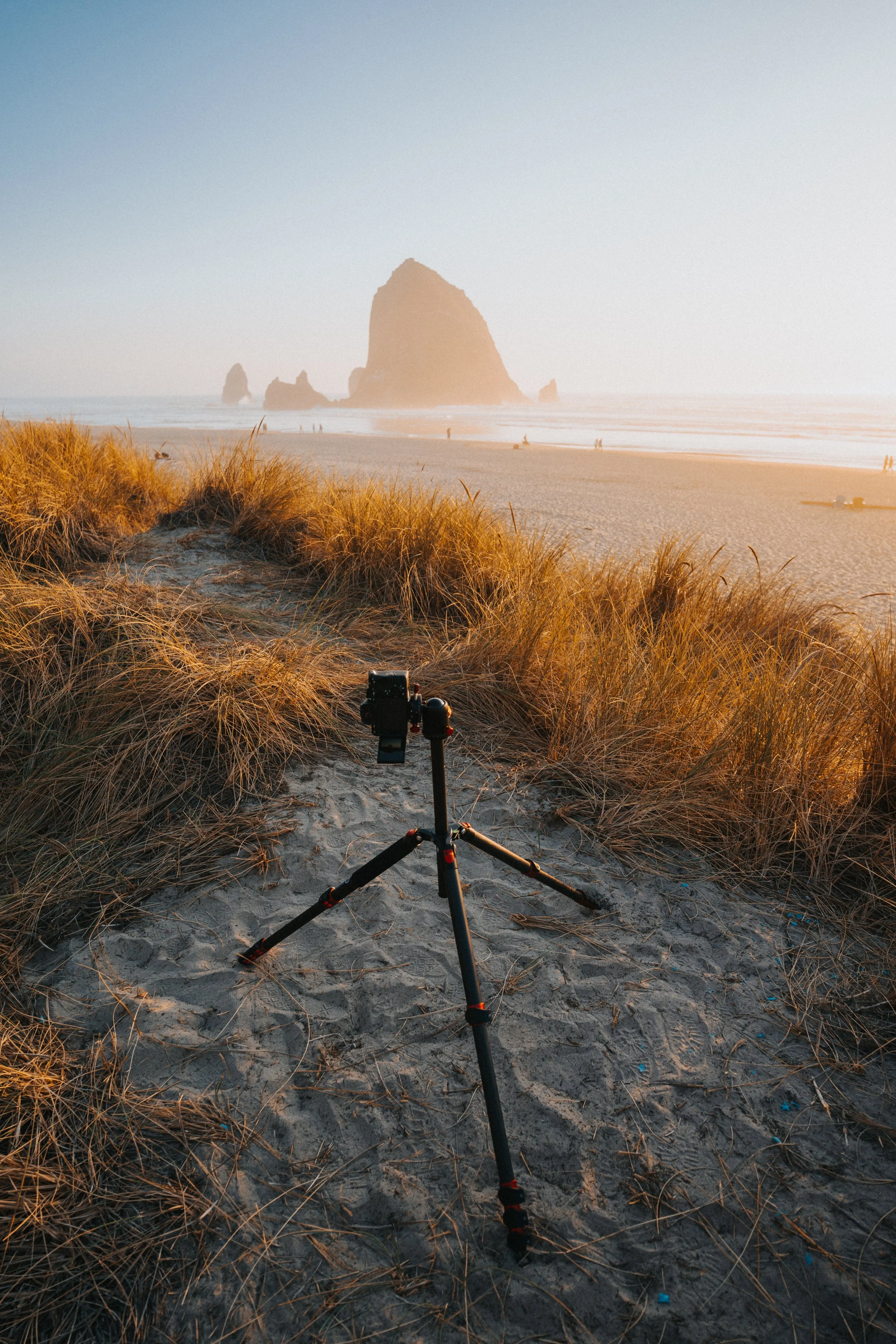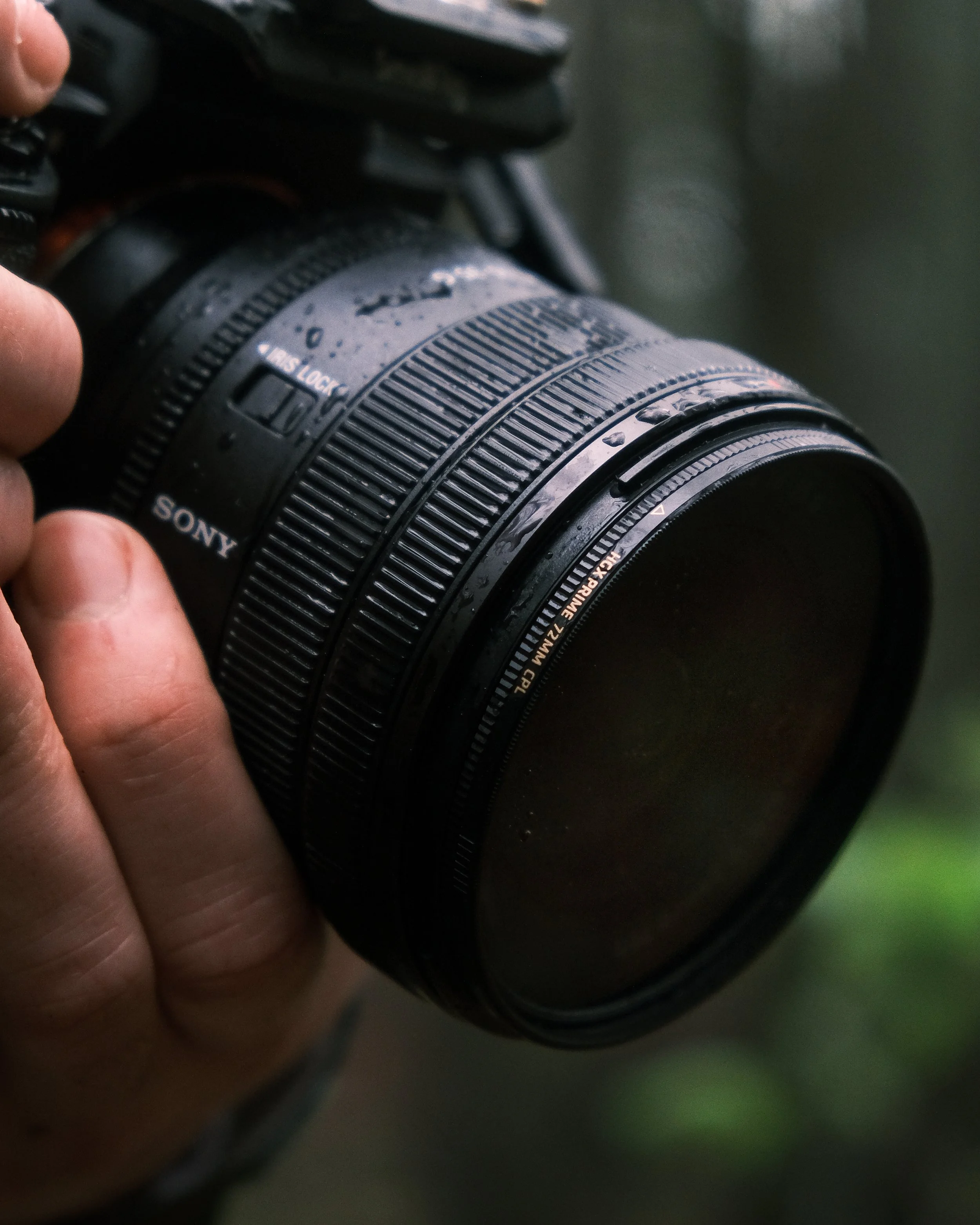CIRCULAR POLARIZER
FILTER
RESULTS YOU CAN’T ACHIEVE IN
POST-PROCESSING
CPL filters remove glare and reflections from water, glass, and other non-metallic surfaces; colors appear more saturated with better contrast. ProMaster CPLs produce clear, sharp images without affecting color balance.
WHY USE A CPL FILTER?
A CPL is one of the most highly used filters in both still photography and videography. To imitate the effects of a polarizing filter in post-production software is nearly impossible. With the right CPL on your lens, you can create effects for beautiful compositions.
A CPL can:
Control reflections and/or reduce glare on non-metallic surfaces, like water, glass, glossy paint, etc.
Improve color saturation and contrast.
Deepen/darken the blue color of skies.
Reduce the appearance of atmospheric haze when photographing distant objects and landscapes.
AVAILABLE IN 3 LINES:
HGX PRIME CPL
Crafted for fine lenses, this PROFESSIONAL LINE of CIRCULAR POLARIZING FILTERS are individually ground, polished, and coated. Repels dirt and transmits brilliant light to achieve the clearest possible image.
PURE LIGHT CPL
This high-transmission CIRCULAR POLARIZING FILTER removes reflections from non-metallic surfaces like water and glass, improving contrast without affecting color balance.
BASIS CPL
This CIRCULAR POLARIZING FILTER reduces or removes reflections from non-metallic surfaces like water and glass. Colors will appear more saturated, with better contrast.
Make the Most of Your CPL Filter
Attach the CPL filter to the front of your camera’s lens and rotate it, by hand, while watching the results in your camera’s viewfinder. This allows you to control the amount of polarization and achieve the best aesthetic appearance.
A CPL is most effective when the camera is pointed 90 degrees from the main light source (typically the sun).
All CPL filters reduce some amount of light entering your camera’s lens. This amount changes as the CPL is rotated. Some CPLs, called high transmission, reduce light by less than more typical or “standard” CPL filters.
The effects of a CPL may become uneven when used with wide angle lenses (typically 24mm or wider on a full frame camera). But hey, try it anyway to see what fits your taste!
A CPL’s effects can be seen in your camera’s viewfinder easily, and will change as it is rotated.
-
When sky is part of your composition, the CPL filter can aid in darkening and deepening its appearance.
-
Reflections and glare from non-metallic objects can be reduced or sometimes completely removed. It’s like magic before your eyes and the CPL is rotated! But remember, sometimes a reflection can be a nice element in a scene. With the CPL you can control how much of the reflection or glare appears. This is an important artistic decision.
-
Even when the sky or a reflection aren’t evident in your composition, a CPL can be used to improve color saturation and apparent contrast. This is probably most noticeable when outdoor scenes including foliage (especially colorful autumn foliage) are included. Rotate the CPL and see it work. Choose the right amount of saturation and contrast that appeals most to you.
-
Distant objects can suffer from the appearance of atmospheric haze ,which reduces their clarity, due to scattered light. If you wish to reduce this hazy appearance, rotate your CPL and see the results. Also consider a high-cut UV filter like a ProMaster UV 410 filter to reduce the appearance of haze, especially at high altitudes.












